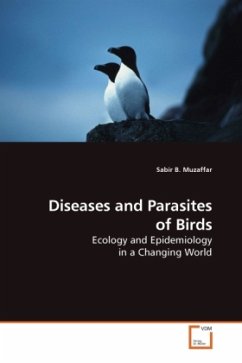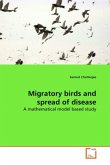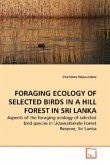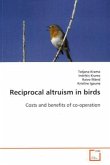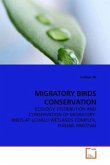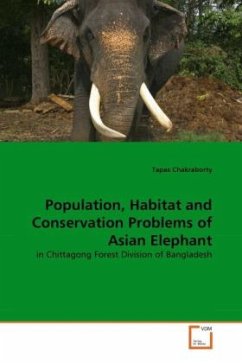This book examines the relationship between ecology of birds and their parasites and diseases. Global change in ecosystems has allowed parasites and their associated diseases to increase in abundance or change distributions. Current trends in human activities, namely the overlap in human, domestic animal and wildlife distributions have resulted in the emergence or re-emergence of diseases and parasite infestations. These issues are examined in this book using avian influenza in Eurasia, Lyme Borreliosis in seabird colonies and seabird helminth distributions in the North Atlantic as examples of host-parasite dynamics undergoing rapid ecological and evolutionary change. Although some of these changes have taken decades, others have occurred in a matter of years. Human-domestic animal-wildlife interfaces need to be studied carefully if we are to predict and manage future outbreaks of diseases of importance to human and animal health.
Bitte wählen Sie Ihr Anliegen aus.
Rechnungen
Retourenschein anfordern
Bestellstatus
Storno

